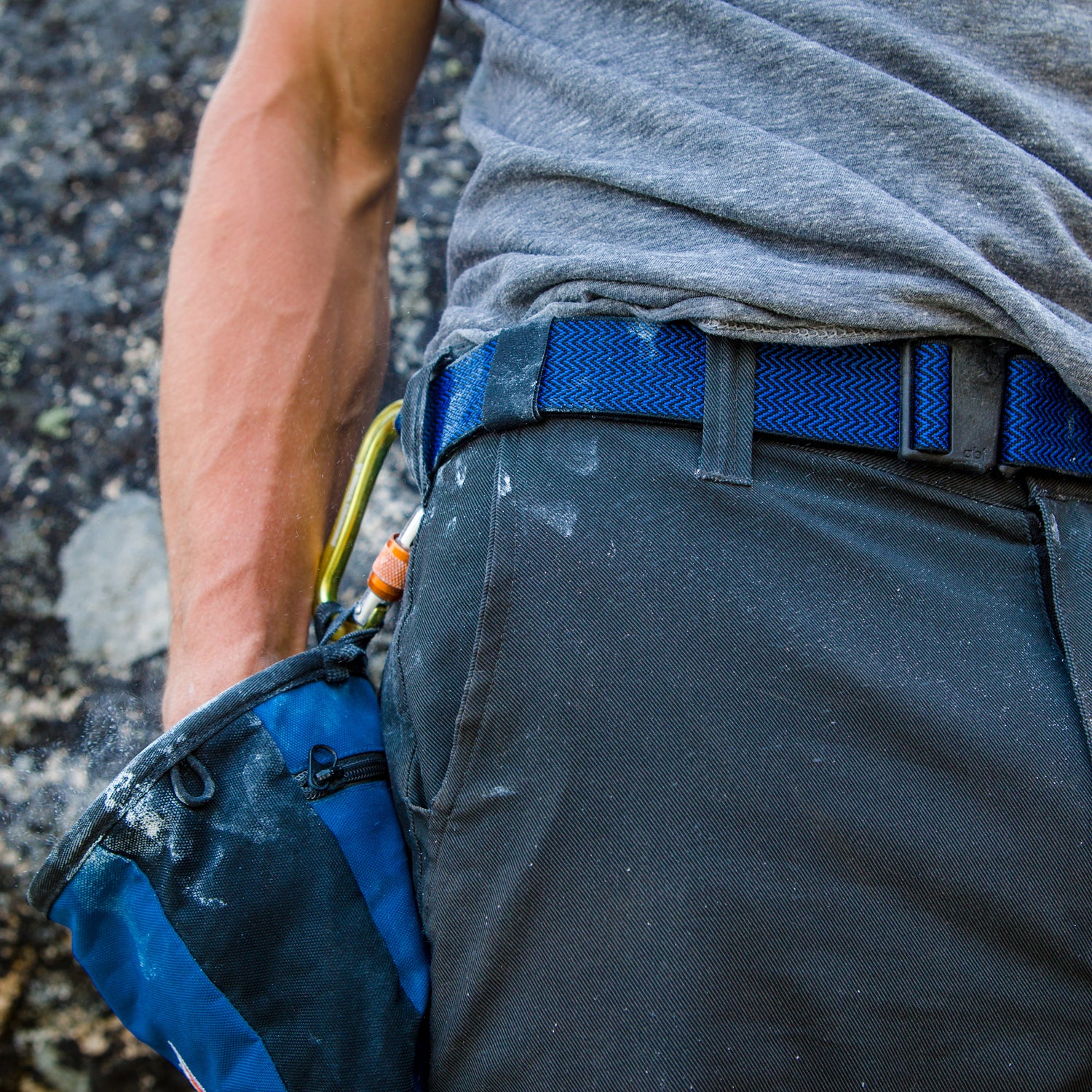Belts have long been a utilitarian piece of gear that went mostly unnoticed and underappreciated. Recently, however, they’ve experienced a renaissance driven in large part by a handful of startups dedicated to reinventing the genre. I’ve been impressed with the results and wanted to see how the newbies stacked up against some of my old-time favorites.
Arcade ���ϳԹ��� Belt ($26)
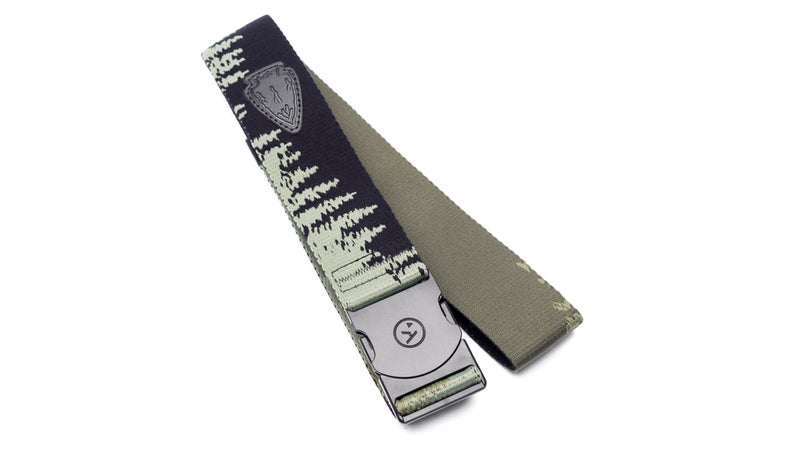
Best For: Skiers and mountain bikers
from Lake Tahoe–based Arcade is all about the stretchy webbing that creates a tight, body-hugging fit without any uncomfortable pinching. All ���ϳԹ��� belts—there are dozens of designs, from the ultra-loud to the totally muted—work just fine with pants (and go through metal detectors unnoticed), but we liked them best for holding up ski pants or mountain bike shorts, because the flexible material and low-profile plastic clip stayed out of the way and never dug into my waist or thighs. (Pro skier Cody Townsend co-founded Arcade, so the belts had to work with Gore-Tex pants.)
Abl B19 ($40)
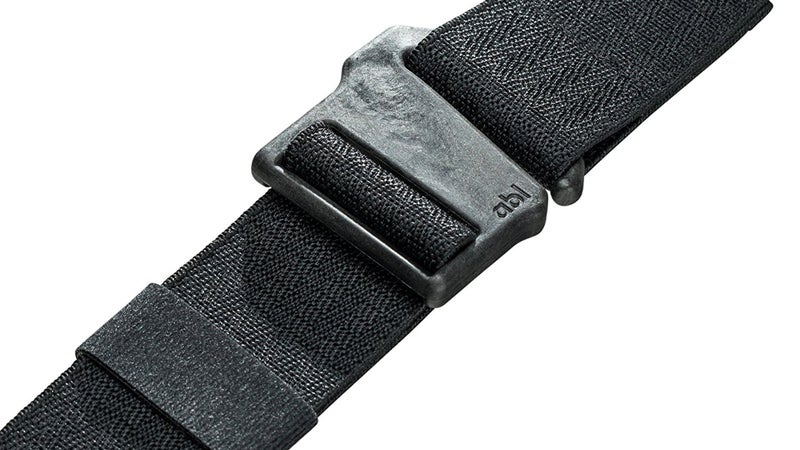
Best For: You everyday go-to
The has less stretch than the Arcade ���ϳԹ��� belt but isn’t rigid by any means, so it works great for adventure sports. It’s also a little heftier—the webbing is taller and thicker—so it pairs a bit better with jeans. During the testing phase, I never once had to adjust my Levi’s, and the belt never dug into my waist while I sat at my computer or ran around town. It also has the an extremely intuitive carbon-reinforced plastic clasp with a simple hook that threads into a loop at the other end of the webbing: Once you set your belt length, the clasp can be attached or taken off the loop in under a second. ABL doesn’t offer as many color or design choices as Arcade (at least not yet), but I dug the three current understated options. Plus, every B19 is molded, sewn, and packaged in the United States.
Patagonia Tech Web ($30)
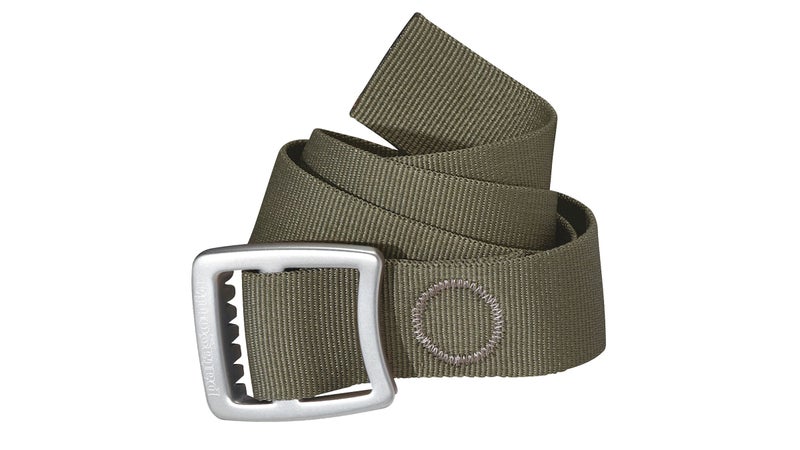
Best For: Passing down to your kids
I’ve owned a for nearly a decade. During that time, it’s held up my pants and my wife’s ski pants, and it’s been down numerous rivers and up numerous mountains. The leading edge did fray over time (simply fixed with scissors and a lighter), but the rest of the belt looks like new, minus a few stains. Credit that durability to 1.5-inch polyester webbing that’s similar to what you’d find on a backpack strap, just thicker. The webbing has no stretch, so the belt isn’t as comfy when out adventuring, but that lack of stretch is part of the reason this belt has help up so well over time. I’m sure the Tech will be going strong when the Arcade and ABL are dead and gone. Bonus: The self-locking aluminum buckle, which is also quite sturdy, doubles as a beer opener.
Arc’teryx Conveyor Belt ($40)
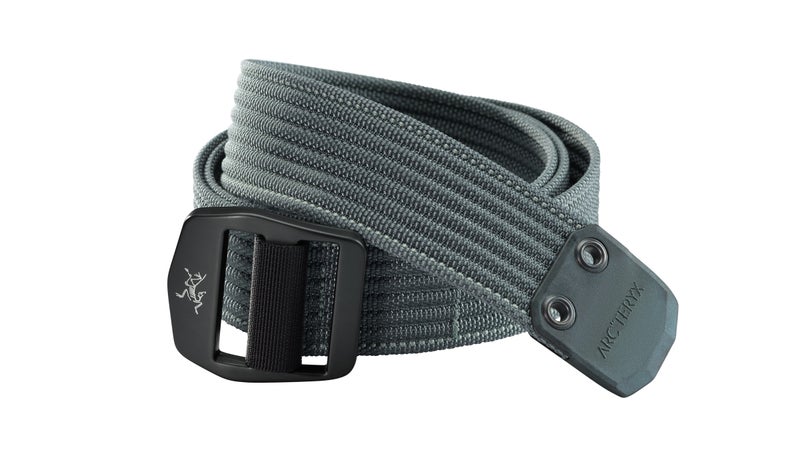
Best For: Tying up a horse
You get the idea. is absolutely bomber. It’s built with a stitched 1.5-inch nonstretch nylon webbing that’s even thicker than what you’ll find on the Patagonia Tech, and it also comes with an aluminum nonslip buckle. The buckle was not designed to open beers, but it has a slightly lower profile and was therefore more comfortable when sitting. I also really liked the plastic leader on the belt end that helped me feed it through my pant loops and will prevent fraying over the years. The only downside: That plastic leader prevents you from cutting the belt to size, so try one on before you choose a small, medium, or large.


